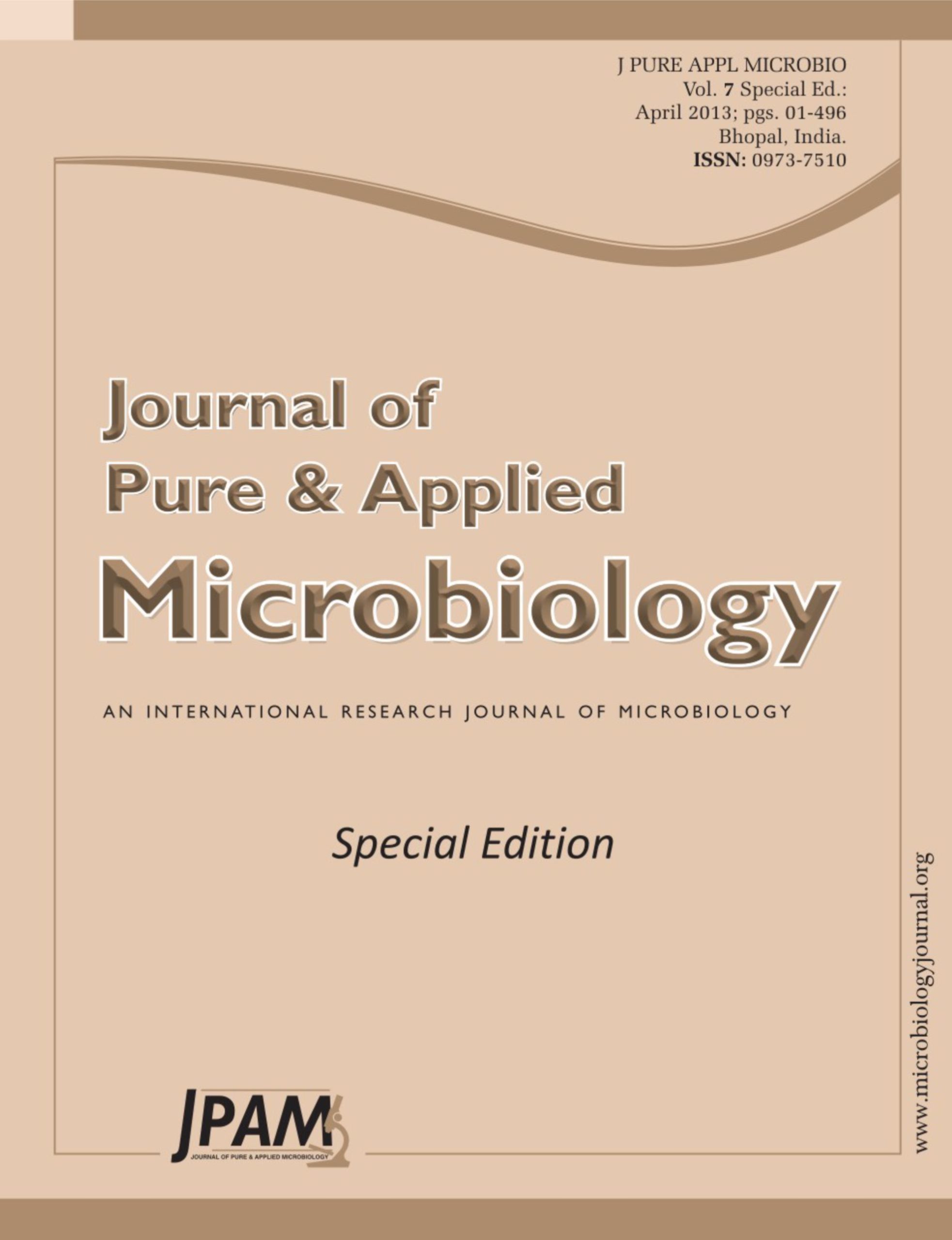The mechanism of peripheral nerve regeneration is complex, its mechanism of regeneration after repaired in different size is indefinite. The experiment was done to explore the mechanism and reserve of nerve function of the peripheral nerve regeneration when the distal nerve stump is repaired by a smaller proximal end with artery sleeve briding, and to investigate the best situation which benefits for the reserve of nerve function. 10 Wistar rats served as the donors of artery for briding. 80 Wistar rats were randomized into the 4 groups (n=20 per group). The group A was the control group. In group B, the right sciatic nerves were cut off at the level of 1.5cm distal to infrapiriform foramen, and received epineurium suture. In group C and D, the right sciatic nerves were cut off at the same level and 1cm segment of the common fibular nerves were removed from the proximal ends, the remaining were repaired with epineurium suture in group C, and with 3mm gap artery sleeve bridging in group D. Observation under operation microscope of the nerve repaired site, different types of stainings, including HE staining, toluidine blue staining,Marsland-Luxolfastblue staining, and TEM examinations were used at the time of 16w after operation to observe the morphological features of regenerated nerve. The results shows that there do have amplification effect in the group repaired in different size with artery sleeve briding with obviously larger number of the regenerated axons in the distal segment than the proximal, And the regenerated axons are mature more regular, although they are smaller in diameter compared with other groups. The functional reserve of the nerve regeneration exists after repaired when the proximal end is smaller than the distal in size. And the method of small gap bridging provides a better situation for the nerve amplification.
Sciatic nerve, artery sleeve briding, functional reserve, histology
© The Author(s) 2013. Open Access. This article is distributed under the terms of the Creative Commons Attribution 4.0 International License which permits unrestricted use, sharing, distribution, and reproduction in any medium, provided you give appropriate credit to the original author(s) and the source, provide a link to the Creative Commons license, and indicate if changes were made.


